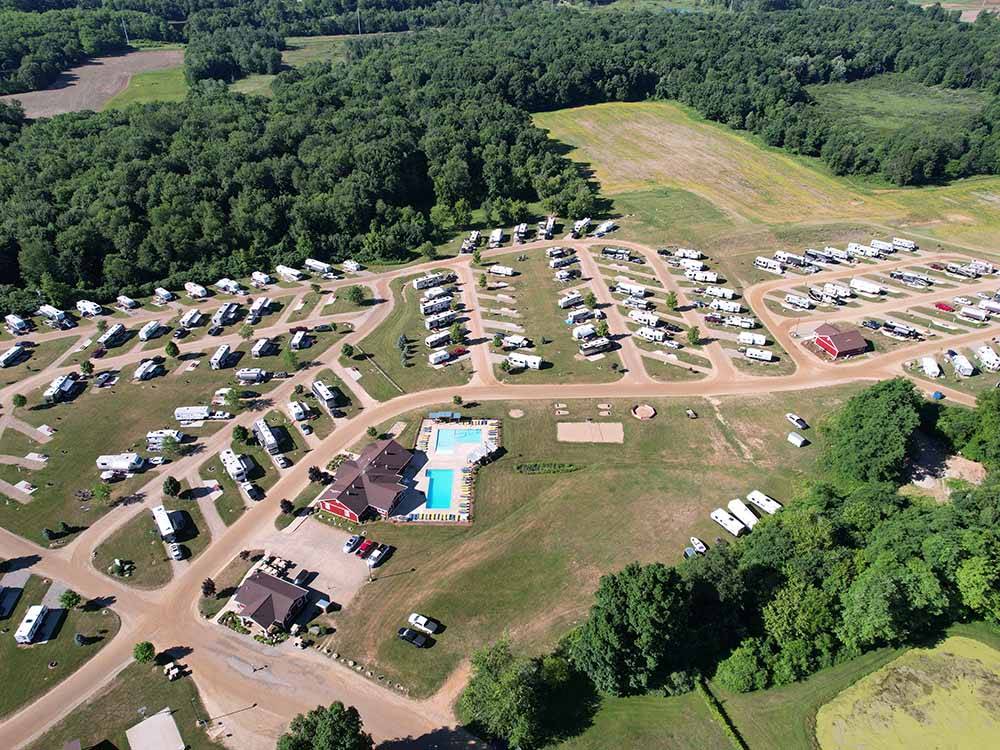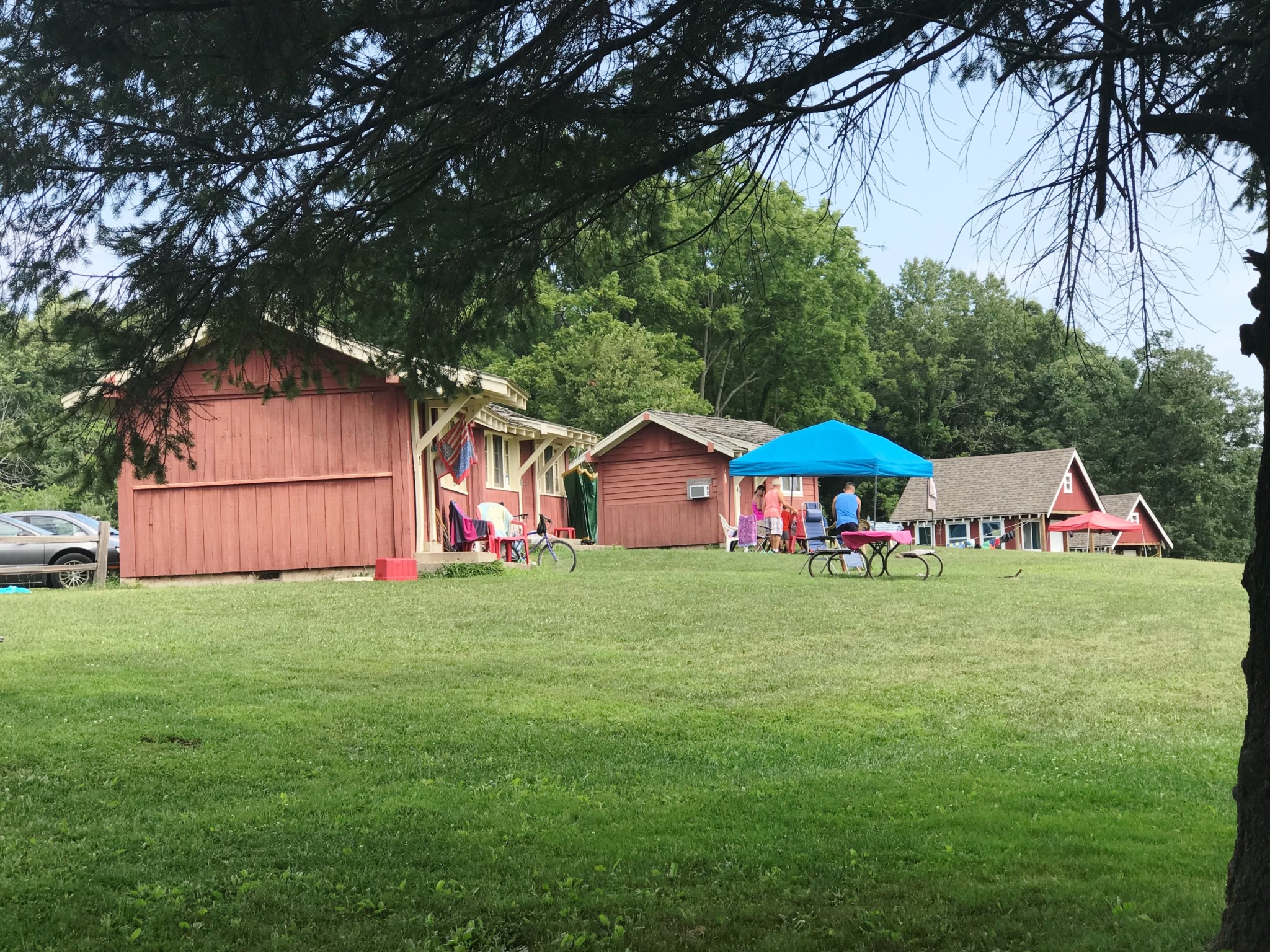Escape to Nature’s Playground: Willits Lake Family Campground, Michigan
Escape to Nature’s Playground: Willits Lake Family Campground, Michigan

Craving a getaway that’s packed with fun, adventure, and quality family time? Look no further than Willits Lake Family Campground in Michigan. Nestled amidst the stunning beauty of the state’s natural landscape, this campground offers a haven for outdoor enthusiasts, families, and anyone seeking a break from the hustle and bustle of everyday life.
A Slice of Paradise: Your Gateway to Michigan’s Beauty
Related Articles: Escape to Nature’s Playground: Willits Lake Family Campground, Michigan
- Your Home Away From Home: Arizona Fairgrounds RV Park – A Paradise For Travelers
- Escape To Paradise: Michigan’s Kawadin Casino Inn Campground Awaits
- Escape To Maryland’s Chesapeake Woods & Waters: Where Adventure Awaits!
- Downtown Vibes, RV Style: Ship Creek Landing’s Urban Oasis
- Escape To Apple Creek: Where Michigan’s Charm Meets Camping Bliss
Willits Lake Family Campground is located in the heart of Michigan’s Upper Peninsula, a region renowned for its pristine lakes, dense forests, and breathtaking scenery. The campground itself sits on the shores of the serene Willits Lake, offering a peaceful retreat where you can reconnect with nature and create lasting memories.
Getting There: Your Journey to Relaxation
By Air: The nearest airport to Willits Lake Family Campground is the Sawyer International Airport (MQT) in Marquette, Michigan. From there, it’s a scenic drive of about 1 hour and 30 minutes to the campground.
By Road: If you’re driving, the campground is easily accessible from major highways like US-2 and US-41.
By Train: The nearest Amtrak station is in Escanaba, Michigan, which is about a 1-hour and 30-minute drive from the campground.
By Boat: For those arriving by boat, the campground offers a boat launch on Willits Lake.
A Home Away From Home: Your Campground Accommodations
Willits Lake Family Campground offers a variety of accommodation options to suit every need and budget. Whether you’re looking for a rustic camping experience or a more comfortable stay, you’ll find the perfect spot to relax and unwind.

- Tent Sites: For the true camping enthusiast, the campground offers spacious and well-maintained tent sites. Each site is equipped with a picnic table and fire ring, perfect for enjoying evenings under the stars.
- RV Sites: RV enthusiasts will appreciate the campground’s full hookup RV sites, complete with water, sewer, and electric hookups.
- Cabins: For a touch of luxury, the campground offers cozy cabins that provide a comfortable and private retreat. Each cabin is equipped with a bed, linens, and a small kitchen.

Beyond the Campsite: Adventures Await
Willits Lake Family Campground is more than just a place to sleep; it’s a hub for outdoor recreation and family fun. Here are just a few of the activities you can enjoy:
- Swimming: Cool off in the refreshing waters of Willits Lake. The campground has a designated swimming area with a sandy beach.
- Boating: Explore the lake by boat, canoe, or kayak. The campground offers boat rentals for your convenience.
- Fishing: Cast a line and try your luck at catching bass, pike, and other freshwater fish.
- Hiking: Discover the beauty of the surrounding forests on a scenic hike. There are several trails within walking distance of the campground.
- Picnicking: Pack a lunch and enjoy a picnic by the lake or in the campground’s picnic area.
- Campfire Stories: Gather around the campfire with your family and friends, roast marshmallows, and share stories under the stars.

More Than Just Fun: Amenities for Your Comfort
Willits Lake Family Campground is committed to providing a comfortable and enjoyable experience for all its guests. Here are some of the amenities you’ll find on-site:
- Restrooms and Showers: Clean and modern restrooms and showers are available throughout the campground.
- Laundry Facility: A laundry facility is available for your convenience.
- Playground: Kids will love the playground, complete with swings, slides, and climbing equipment.
- Camp Store: The camp store offers a variety of essentials, including snacks, drinks, and camping supplies.
- Wifi: Stay connected with free Wi-Fi access throughout the campground.
Beyond the Campground: Exploring the Surrounding Area
The beauty of Willits Lake Family Campground lies not only in its own offerings but also in its proximity to numerous attractions and activities in the surrounding area. Here are a few ideas for your exploration:
- Seney National Wildlife Refuge: Just a short drive from the campground, Seney National Wildlife Refuge is a haven for birdwatching and wildlife viewing.
- Tahquamenon Falls State Park: Experience the majesty of Tahquamenon Falls, one of the largest waterfalls east of the Mississippi River.
- Whitefish Point Light Station: Visit the historic Whitefish Point Light Station, a beacon of maritime history on the shores of Lake Superior.
- Soo Locks: Marvel at the engineering marvel of the Soo Locks, which connect Lake Superior to the rest of the Great Lakes.
Cost of Your Dream Vacation:
Willits Lake Family Campground offers affordable rates for its campsites, cabins, and amenities. Prices vary depending on the type of accommodation, the season, and the length of your stay.
- Tent Sites: Starting at $30 per night
- RV Sites: Starting at $40 per night
- Cabins: Starting at $75 per night
The Perks of a Nearby Community:
For those who need a break from the wilderness, the nearby town of Newberry offers a variety of amenities, including:
- Hotels and Motels: Find comfortable lodging options for those who prefer a more traditional hotel experience.
- Restaurants: Enjoy delicious meals at local restaurants serving a variety of cuisines.
- Grocery Stores: Stock up on supplies at the local grocery store.
- Gas Stations: Refuel your vehicle at nearby gas stations.
What Others Are Saying:
"We had an amazing time at Willits Lake Family Campground! The campsites were spacious and clean, and the staff was incredibly friendly and helpful. We loved swimming in the lake, fishing, and exploring the surrounding trails. We’ll definitely be back!" – John S.
"This campground is a hidden gem! The location is perfect for a peaceful getaway, and the amenities are top-notch. We especially enjoyed the playground for our kids and the cozy cabins. We highly recommend it to families and anyone looking for a relaxing vacation." – Sarah M.
Conclusion: Your Unforgettable Michigan Escape
Willits Lake Family Campground is a true gem in the heart of Michigan’s Upper Peninsula. With its stunning natural beauty, wide array of activities, and comfortable amenities, it’s the perfect destination for families, couples, and anyone seeking an unforgettable outdoor experience.
Frequently Asked Questions (FAQ):
- What are the hours of operation for the campground? The campground is open from May to October.
- Are pets allowed at the campground? Yes, pets are welcome at Willits Lake Family Campground. Please note that there are certain restrictions in place.
- Is there a pool at the campground? No, there is no pool at the campground. However, there is a designated swimming area on Willits Lake.
- What is the nearest grocery store to the campground? The nearest grocery store is located in Newberry, Michigan, which is about a 15-minute drive from the campground.
- Can I reserve a campsite online? Yes, you can reserve a campsite online through the campground’s website.
Ready to book your escape? Visit the Willits Lake Family Campground website to learn more about rates, availability, and how to make your reservation. Get ready to create memories that will last a lifetime!

Closure
Thus, we hope this article has provided valuable insights into Escape to Nature’s Playground: Willits Lake Family Campground, Michigan. We hope you find this article informative and beneficial. See you in our next article!


